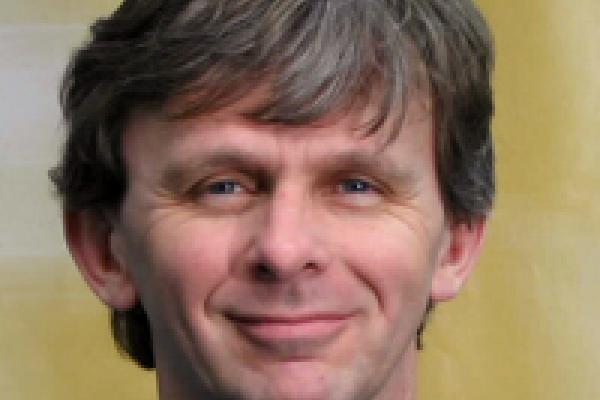
The first direct detections of gravitational waves in late 2015 were made possible by a forty year experimental campaign to design, build, and operate LIGO, the Laser Interferometer Gravitational-wave Observatory. In this colloquium, I’ll cover gravitational waves and what makes them so difficult to detect and at the same time such powerful and unique probes of the universe. I’ll also give a flavor of the somewhat complicated history of how LIGO was conceived and built. Most of the presentation will focus on the interferometers, the LIGO detections and their astrophysical implications. Time permitting, I’ll give a preview of where LIGO intends to go in the next decade and beyond.
